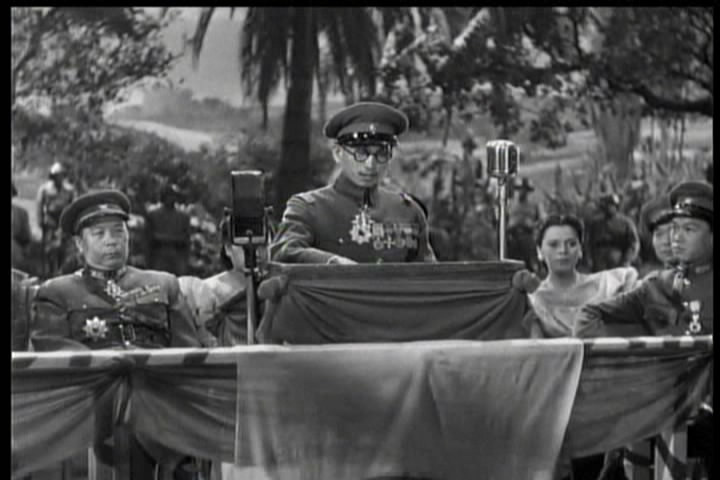
The Greater East Asia
Co-Prosperity Sphere

"The Greater East Asia Co-Prosperity Sphere" was announced in a radio address entitled "The International Situation and Japan's Position" by Foreign Minister Hachirō Arita on June 29, 1940, six months before the attack on Pearl Harbor. It was Japan's intention to create a self-sufficient "bloc of Asian nations led by the Japanese and free of Western powers."It was, in reality, a cover for Japanese militarism from the 1930s, encouraging, throughout the Far East, invasion, subjugation, and Hakkō ichiu, viz., "I shall cover the eight directions and make them my abode."
Under plans of the Japanese military and the civilian government of Foreign Minister Yōsuke Matsuoka, countries in the Far East that were to be invaded and subjugated included Manchukuo, Inner Mongolia, China, Burma, the Philippines, Vietnam, Korea, Kampuchea, Laos, Formosa, Hong Kong, New Guinea, Malaya, and Thailand - - - with ultimate plans to annex Hawaii, Australia, New Zealand, parts of India, Alaska, the Yukon Territory, Alberta, British Columbia, Washington State, Guatemala, El Salvador, Honduras, British Honduras, Nicaragua, Costa Rica, Panama, Colombia, the Maracaibo (western) portion of Venezuela, Ecuador, Cuba, Haiti, the Dominican Republic, Jamaica, the Bahamas, Mexico, Peru and Chile.
Obviously, it was a fairly ambitious plan, and was only partially executed in the early days of WWII. It was fortunate that so few of these states were actually conquered: those that lived through the war under the tutelage of Japan fared rather poorly. It is estimated that China lost 10,000,000 to causalities, sickness, and famine. The Dutch East Indies up to 4,000,000, Korea 500,000, The Philippines 336,000, Burma 250,000, and Malaya and Singapore 100,000.
--- Facts and Figures
all available at Wikipedia